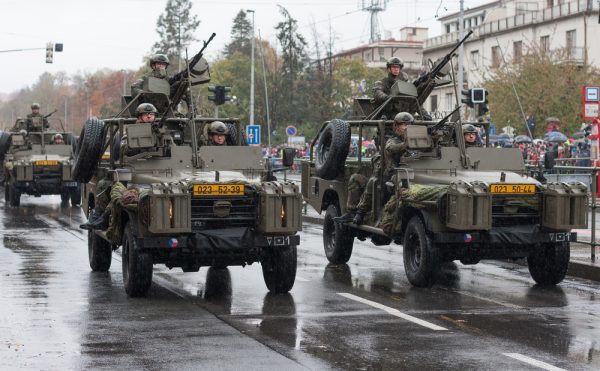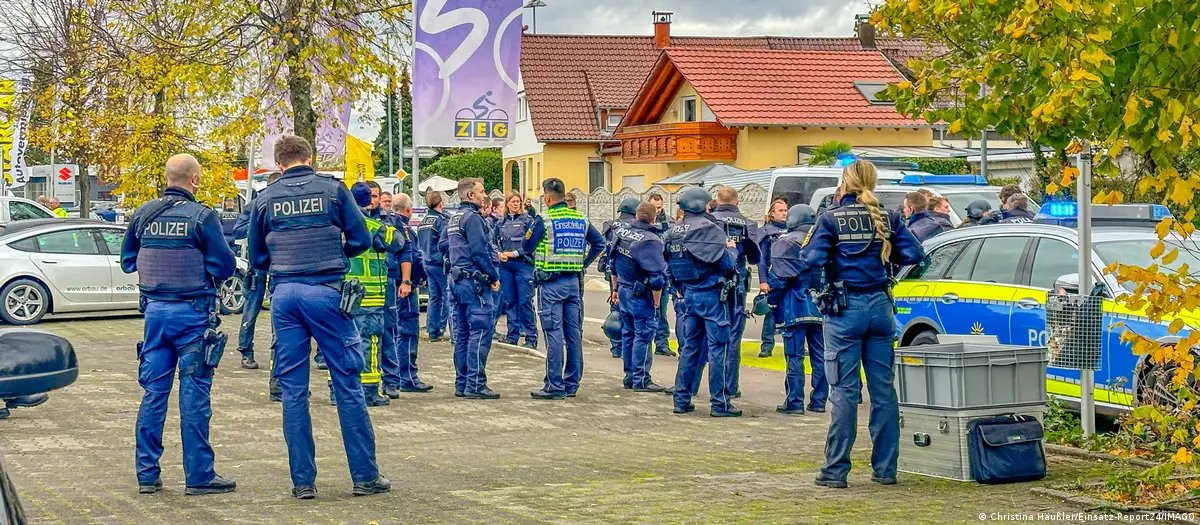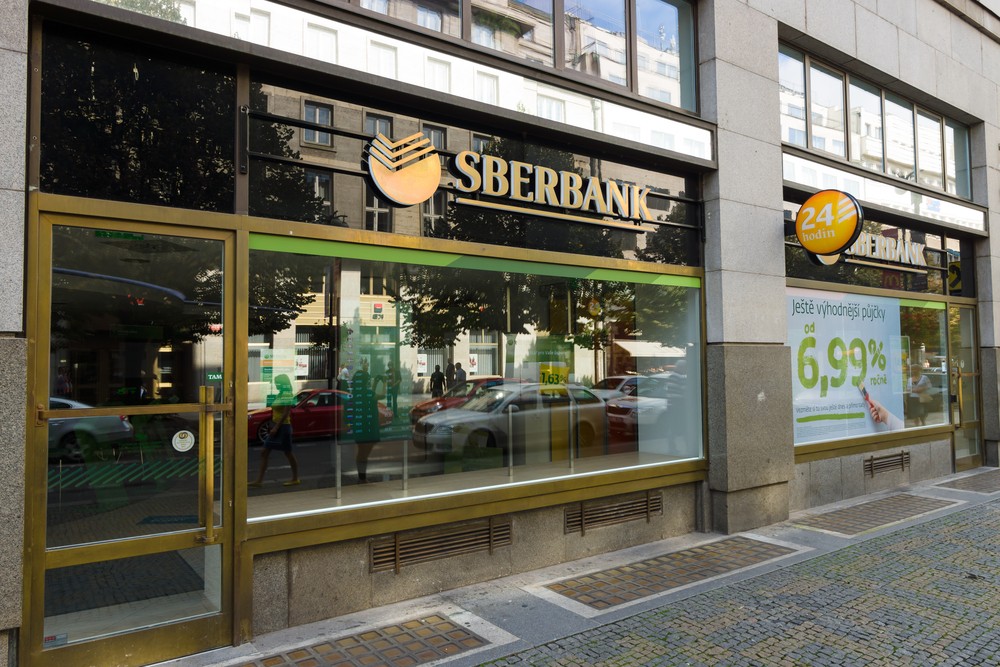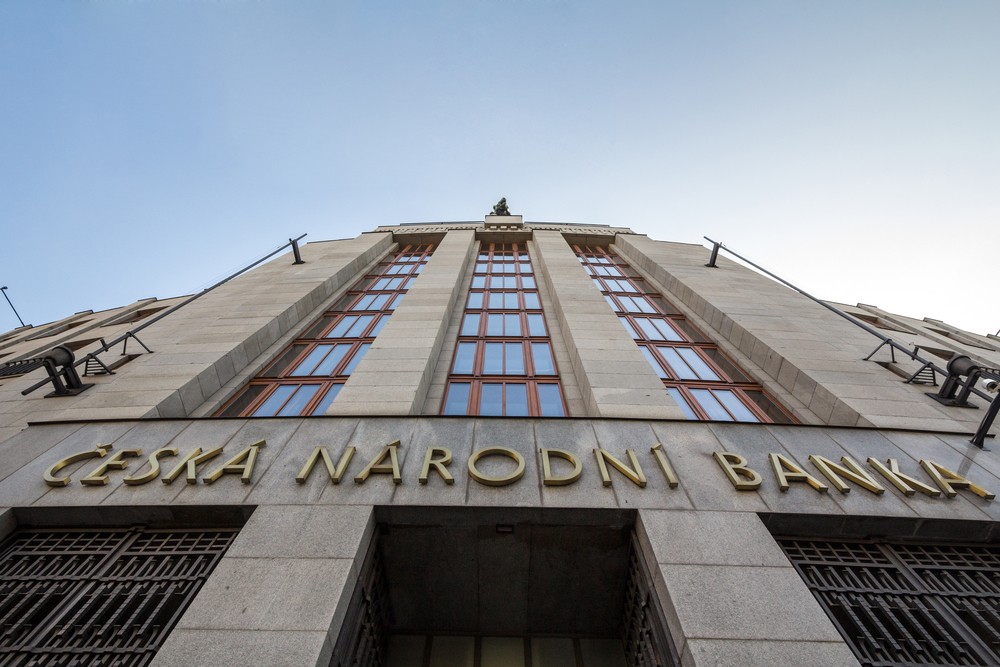Prague, April 10 (CTK) – There are eight alternatives of a new Czech cabinet after the negotiations between the ANO movement of Andrej Babis and the Social Democrats (CSSD) about their possible coalition government foundered last week, weekly Tyden has written in its latest issue.
The end of the ANO/CSSD government-forming talks moved the Czech Republic several months back in time. President Milos Zeman, whom Prime Minister Babis will meet this evening and to whom he promised to form a stable government by summer, has the main say now. There are eight scenarios of the future development, Tyden writes.
Zeman may appoint a caretaker cabinet, like he did after the fall of the right-wing government of Petr Necas (Civic Democrats, ODS) in 2013. Neither ANO nor the CSSD favour this alternative. Zeman has recently been disappointed with Babis’s performance and the government made him angry by expelling Russian diplomats from Prague and extraditing a Russian hacker to the USA. Zeman could either name a caretaker cabinet that would lead the country towards an early election, or one that would have the ambition to rule longer, Tyden writes.
The second possibility is an early election, in which the small parties like the right-wing TOP 09, the Mayors and Independents (STAN) or the Christian Democrats (KDU-CSL) might fail to defend their seats in parliament, which would change the balance of power in parliament. But these three parties might decide to run in the election together, which could bring them even more seats than they have now. Most of the mainstream parties take a reserved stance on the early election or they reject it and Zeman opposes the idea, too, however. Though ANO threatens the other parties with early elections, the path to them is rather difficult, Tyden writes.
The third alternative is that ANO and the CSSD would restart their negotiations and eventually agree on their minority government backed by the Communist Party (KSCM). CSSD deputy chairman Jiri Zimola indicated that the talks might be reopened if Babis admitted he made a mistake.
The fourth possible option is ANO’s minority cabinet headed by Babis in which the ministers whom Zeman or Babis dislike would be replaced with experts close to Zeman. This cabinet would have a problem to win confidence from the parliament, but it in fact could rule the country until the next regular election in 2021, Tyden writes.
The fifth alternative is Babis’s minority cabinet supported by the Communists and the Freedom and Direct Democracy (SPD) of Tomio Okamura. Until now, Babis has refused to rely on support from Okamura’s movement because a part of ANO politicians is against it and cooperation with the extremist SPD would harm his reputation abroad.
Another alternative is ANO’s alliance with the right-wing ODS. This cabinet would hold a majority in parliament, but Babis as prime minister is unacceptable for the ODS because of his prosecution over a suspected EU subsidy fraud, Tyden writes.
Zeman may also entrust the leader of the second strongest party, ODS chairman Petr Fiala, with trying to form a government. Fiala said he is ready to try to form a stable government because Babis failed, but Zeman is unlikely to appoint Fiala as prime minister.
The last scenario is that Babis would stop insisting on being prime minister and another ANO politician would occupy the post. In such a case, several parties would be willing to join ANO’s cabinet. The centrist government alliance of ANO, the CSSD and the KDU-CSL, which ruled the country in the previous election term, could be recreated or a centre-right government of ANO and the ODS backed by the smaller centre-right parties could be formed. But ANO does not seem to favour the replacement of Babis as prime minister, Tyden writes.













